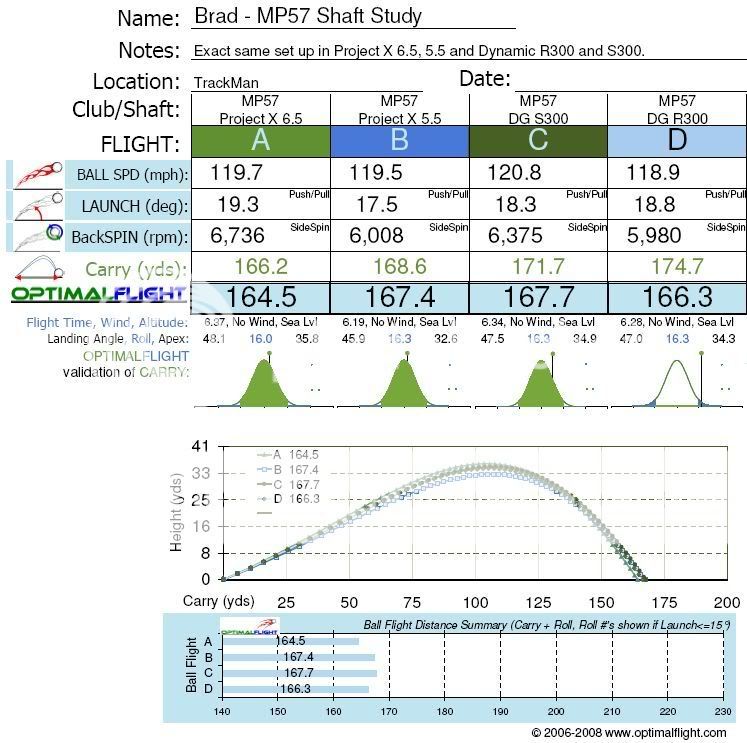Damon Lucas
Super Moderator
Or others!
Can you discuss droop through impact?
How it relates to different clubs? Shots? Speeds? Etc?
Can you discuss droop through impact?
How it relates to different clubs? Shots? Speeds? Etc?
Or others!
Can you discuss droop through impact?
How it relates to different clubs? Shots? Speeds? Etc?
More specifically, I am looking for approximate numbers of forward bending of the club moments before impact.
Brian mentioned in another post 4 degrees as a possibility(correct me if I am wrong). I doubt though that that number is the same from driver to short irons to pitch shots.
Thnx
Damon--do you mind defining droop? Thanks.
Tip stiffness of the shaft would be one factor, right?
distance between COG of the clubhead and shaft axis:
more reward COG - more forward bend.
Here's my list:
1.) Tip-stiffness
2.) Shaft material--perhaps this is already accounted for by #1
3.) Clubhead speed--if you were to take the same shaft with the same shaft stiffness and have two golfers with different clubhead speeds, intuitively, it seems that different CHS's would generate different amounts of bending.
#3 has me thinking, Todd--if two golfers with the same clubhead, shaft, and angle of attack hit two balls that are the exact same, will there be a difference in launch angle and backspin? And if so, does clubhead speed account for the difference(s)?


Wow great post!
PX and DSG seem so similar, I wonder if other shafts would be different. Do you have data for other shafts as well?
Thank All4Golf
Can you test the new Project X shaft compare to the old satin finish?
mp32 Project X shaft in 6.0
